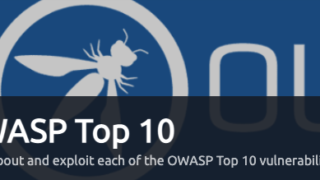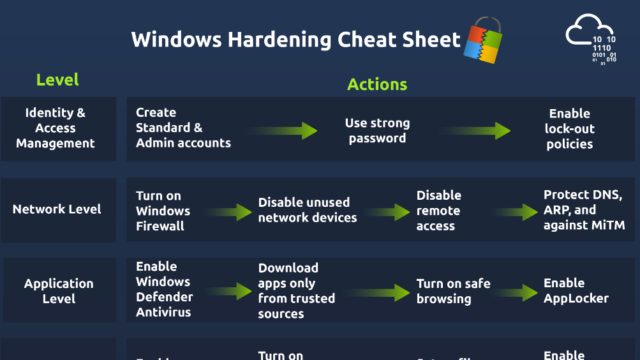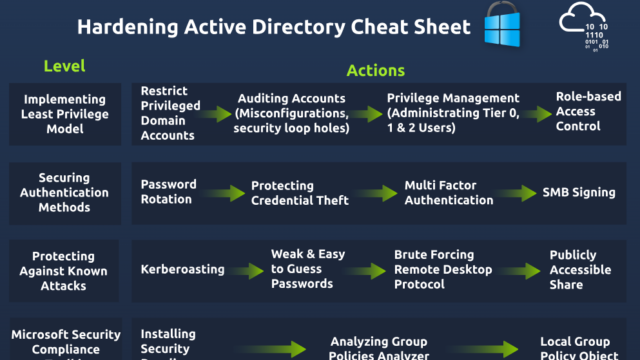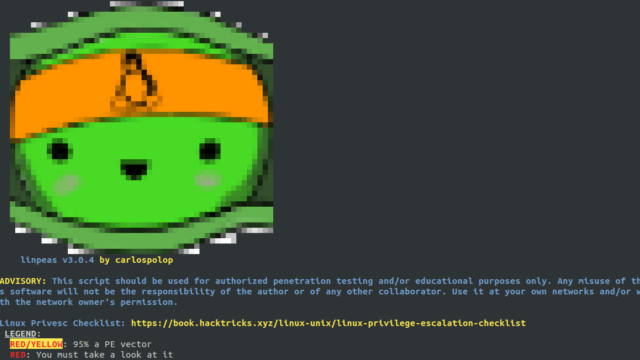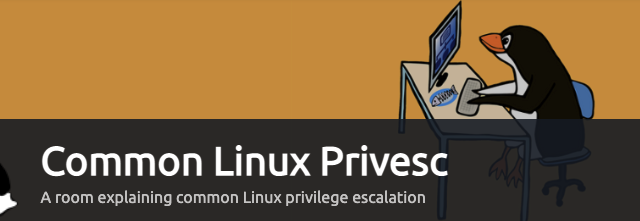みんな大好きOWASPルームの続き
前の記事
Task 12 [Severity 4] XML External Entity
No answer needed
XXE攻撃の説明。
XMLを外部から受け取るページは、外部実態参照の形でWEBサーバ内部のファイルなどを不正に取り込られてしまうことがある。DoS攻撃とか他のこともできる。
XXE攻撃には in-band と out-of-band (OOB-XXE)がある。
Task 13 [Severity 4 XML External Entity – eXtensible Markup Language
XMLとはなんぞや?みたいな話。
そういや私10年以上まえにXMLマスターという資格をとったことがあるんですよ、びっくりするほど意味がなかったけど、ここで少しだけ役に立った。
Full form of XML
eXtensible Markup Language
Is it compulsory to have XML prolog in XML documents?
No
Can we validate XML documents against a schema?
Yes
How can we specify XML version and encoding in XML document?
XML Prolog
Task 14 [Severity 4] XML External Entity – DTD
XMLのDTDとは何か?という話。前フリが丁寧(長い)
DTDはDocumentTypeDefinitionの略です。DTDはXML文書の構造を定義するために書くやつです。
参考にさせていただいた
How do you define a new ELEMENT?
!ELEMENT
How do you define a ROOT element?
!DOCTYPE
How do you define a new ENTITY?
!ENTITY
Task 15 [Severity 4] XML External Entity – XXE Payload
Try the payload mentioned in description on the website.
No answer needed
ためしてみよう!的な話。
<?xml version="1.0"?>
<!DOCTYPE root [<!ENTITY read SYSTEM 'file:///etc/passwd'>]>
<root>&read;</root>
今後参考になりそうなチートシートをみつけたので貼っておく
github.com
Using PensiveNotes
After downloading and compiling PensiveNotes, log in using the default credentials pensive:PensiveNotes
Make sure you change this password immediately!
ログインできた。初期パスワードは変えましょう。

thm{4b9513968fd564a87b28aa1f9d672e17}
Task 20 [Severity 7] Cross-site Scripting
XSSの話。XSS脆弱性は好きだなあ(成果がわかりやすいから)
XSSの攻撃用スクリプトがどこにあるかによって、反射型・持続型がある。あとDOMベースっていうのもある。
詳しいことは徳丸本とか読むのがよさそう。
便利サイトのご紹介
Deploy the VM
No answer needed
Navigate to http://MACHINE_IP/ in your browser and click on the “Reflected XSS” tab on the navbar; craft a reflected XSS payload that will cause a popup saying “Hello”.
「Hello」と表示するXSSを実行する

まあ多分いろんなやり方があるんだろうけど
<script>javascript:alert(’Hello’);</script>

こういうときに便利なページ
On the same reflective page, craft a reflected XSS payload that will cause a popup with your machines IP address.
自分のパソコンのIPアドレス???と誤読して混乱したけど、ヒントを見たらデプロイしたマシンのホスト名で良いらしかった。英語難しい。
<script>javascript:alert(window.location.hostname);</script>

次はStored XSSの画面へいってアカウントを作成する
Then add a comment and see if you can insert some of your own HTML.
HTMLが使えるかの確認。こういうときはなんとなく <hr> タグを使ってしまう(短くて楽だから)
<hr>

On the same page, create an alert popup box appear on the page with your document cookies.
やることは今までと一緒。ベスト・キッドと思って繰り返す。
<script>alert(document.cookie);</script>
Change “XSS Playground” to “I am a hacker” by adding a comment and using Javascript.
XSS Playgroundって何かとおもったらサイト名だった(ちゃんと見て)
サイト名のところのID名を調べる

thm-title だということがわかる。
というわけでこう
<script>document.querySelector('#thm-title').textContent = 'I am a hacker'</script>
こちらを参考にさせていただいた
タスク20まで終わったのでまた切ります。もう少しだけ続くんじゃ!


